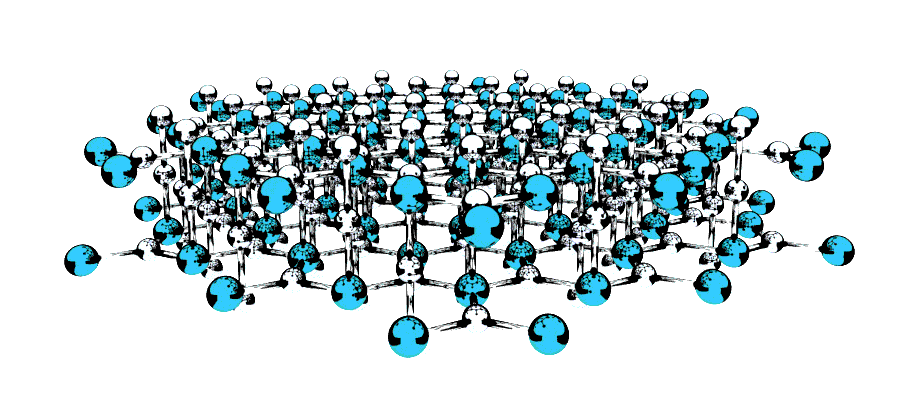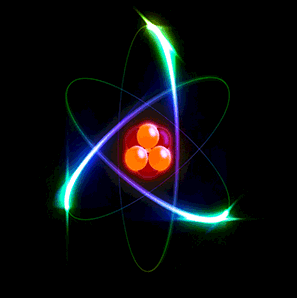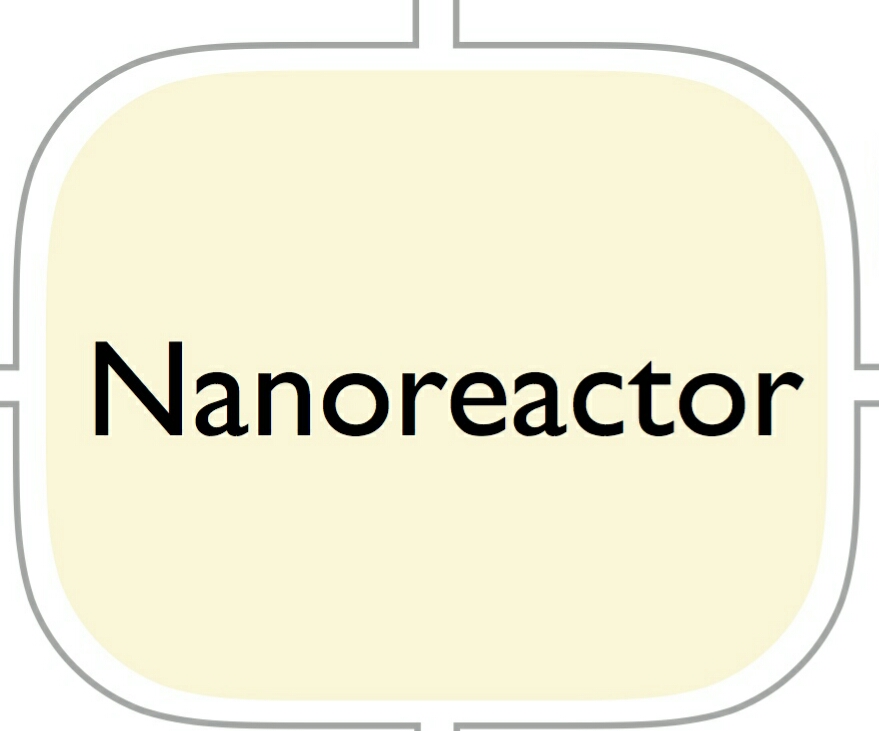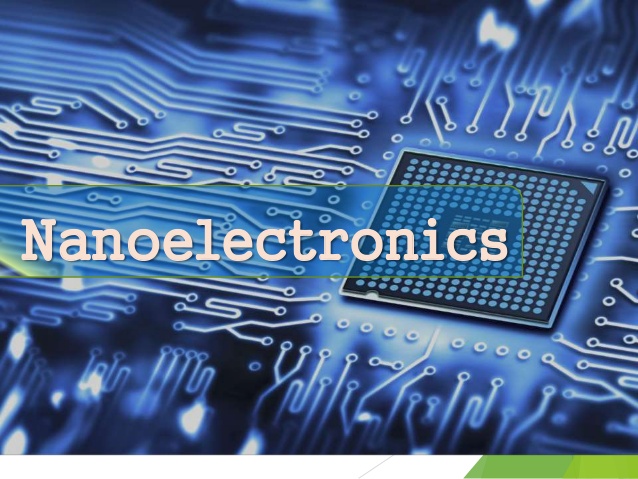_ Nanoreactors and (nanostructures) section
Reactivity of nanoparticles (NPs) in the electrochemical nanoparticle simulation process ( Nano reactor)
Researcher and Author: Dr. ( Afshin Rashid)

In fact, the structure and structure of electrochemical nanosensors are particularly dedicated to the integration of detection elements with electronic elements to develop electrochemical sensors. Electrochemically variable nanoparticles, such as amperometric nanosensors, electrochemical impedance nanosensors, and electrochemical luminescence nanosensors as well as photoelectrochemical nanosensors, offer wide applications in the detection of nanoelectrochemical and nanobiological targets in terms of the change of the electrode-related nanoelectrochemical.

With the remarkable achievements in nanotechnology and nanotechnology, nanomaterial-based nanoelectrochemical signal amplification has great potential in enhancing the sensitivity and selectivity for electrochemical nanoparticles and biosensors. First of all, it is well known that electrode materials play an important role in constructing high-performance nanoelectrochemical sensing platforms for detecting target molecules through various analytical principles. In addition, in addition to electrode materials, functional nanomaterials can not only create a synergistic effect among catalytic activity, conductivity and biocompatibility to accelerate signal transduction, but also enhance biological events with specially designed signal labels, leading to highly sensitive desensitization. The construction of functional electrode materials, together with nanobiochemical and nanoelectrochemical methods, will promote the widespread application of electrochemical nanosensors. An electrochemical nano biosensor is a device that provides direct information about the chemical composition of its environment and presents it to us in the form of an electrical, optical, etc. signal. An electrochemical nano biosensor is a device that provides direct information about the chemical composition of its environment and presents it to us in the form of an electrical, optical, etc. signal.
Conclusion:
From the synthesis of nanoparticles (NPs) or nano particles , the properties and applications of (nanoparticles) come in various forms. NPs are small materials ranging in size from 1 to 100 nm. With the different types of nanoparticles (NPs), nanobioassay devices offerelectrochemical nanoparticle
Researcher and Author: Dr. ( Afshin Rashid)
Specialized PhD in Nano-Microelectronics





